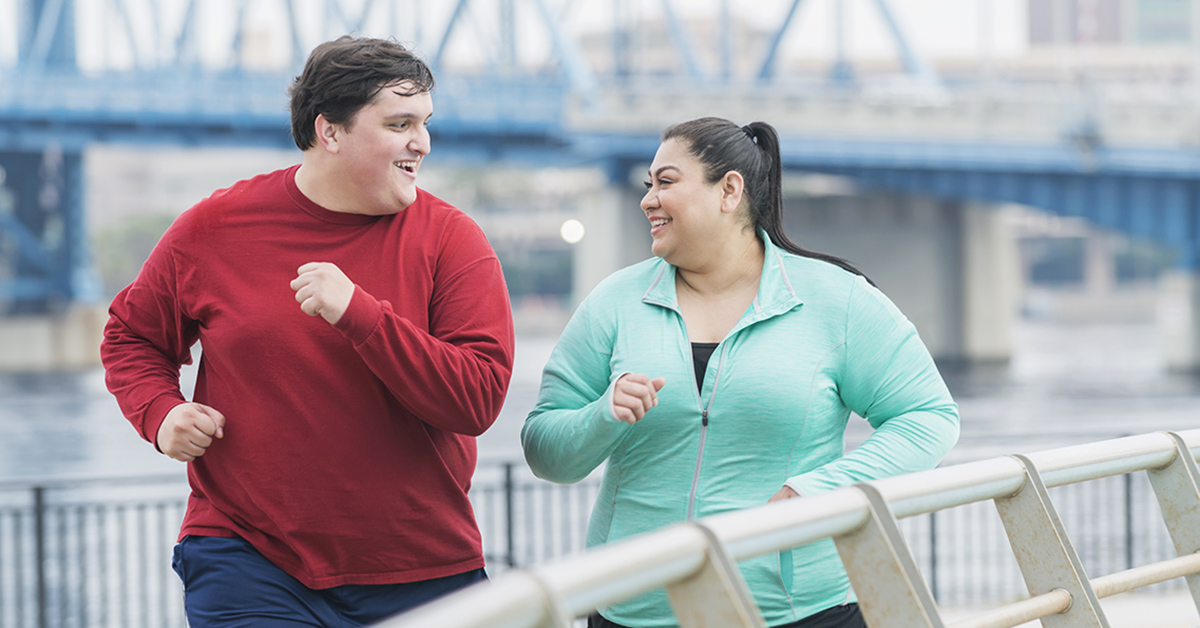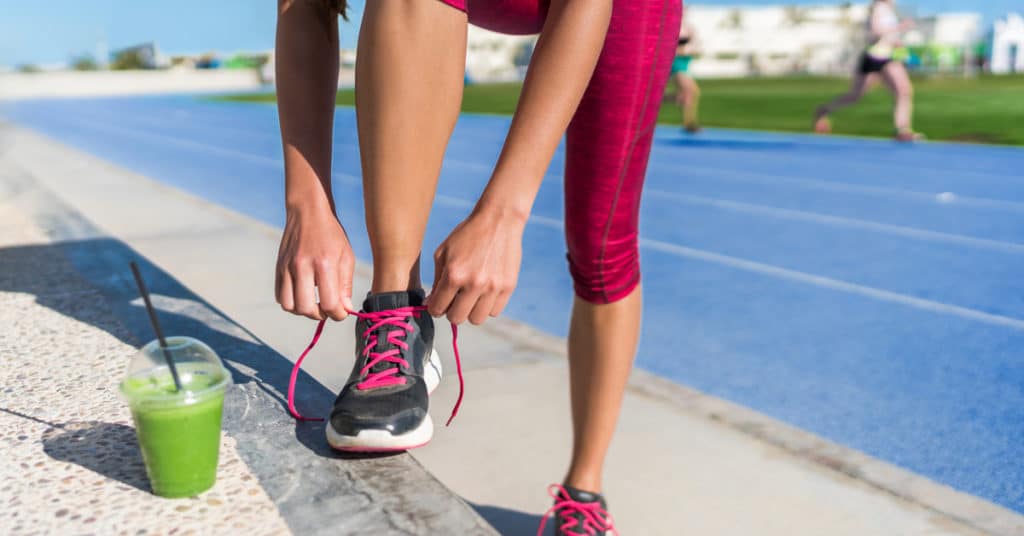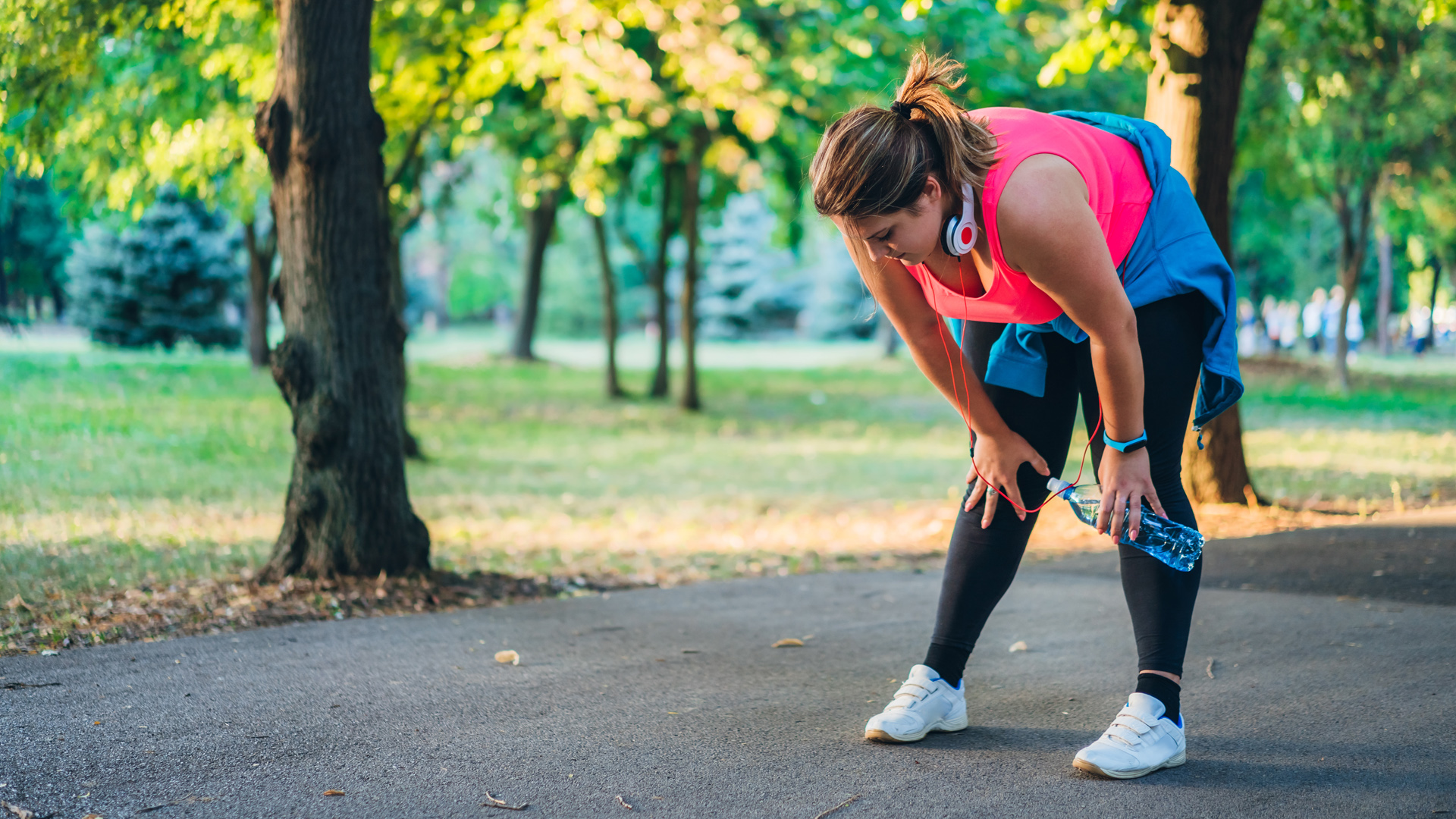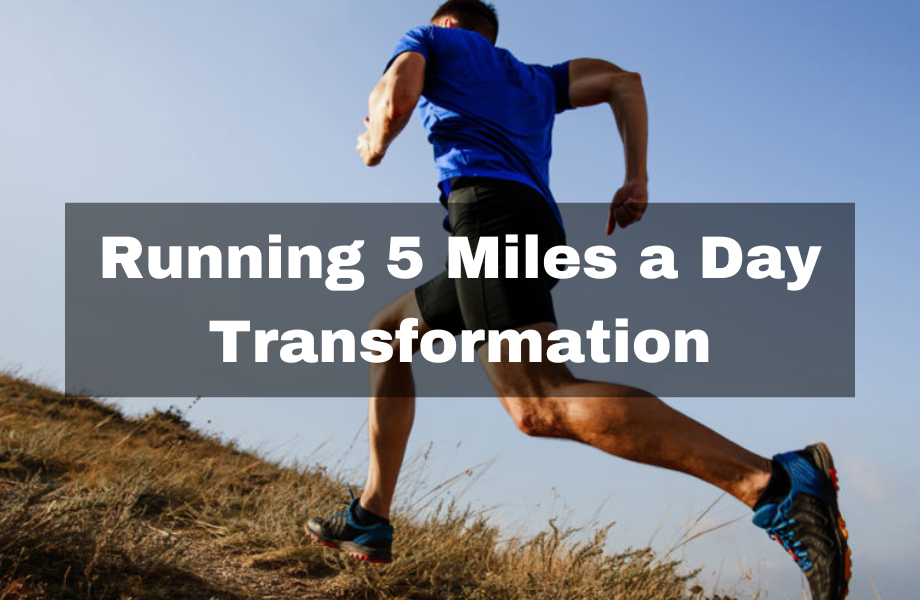We all know that running is good for us. But how much running should we do to transform our bodies for the better? For many people working up to 5 miles per day is an achievable goal.
In this article, we’ll take a look at what sort of transformation you can expect from running five miles a day. This will help you to decide if this is a goal that you consider worthy of taking up.
Running 5 Miles Daily: The Payoff

Running five miles every day is a major commitment that will enhance your fitness levels. It will take up around an hour of your day and, unless, you are a seasoned runner, you will have to work up to being able to do it,
So, if you are going to go to all of that effort, you had better have a good reason for it. Here are five benefits of getting into the habit of running for five miles every day.
Fat Loss

Running five miles a day will help you to burn off excess weight. While the exact amount of calories you will burn will depend on your body weight and your metabolism, we can arrive at some averages based on a pace of six miles an hour:
- A 125-pound person will burn approximately 500 calories
- A 185-pound person will burn approximately 620 calories
- A 245-pound person will burn approximately 700 calories [1]
The key to achieving fat loss consistently is to maintain a daily negative calorie balance. This means that your body is using up more energy in the form of calories than you are taking in each day.
By combining running five miles a day with a reduced-calorie diet where you are eating about 500 fewer calories than your maintenance level, you will force your body to turn to its stored energy reserves (body fat) to supply the shortfall. Use this calculator to work out what your calorie maintenance level is.
Metabolism Boost

Getting into a regular running routine will help to increase your metabolic rate. The metabolism refers to all the processes that are involved in creating energy for the body to operate. Such daily exercise activities as running and weight training are able to boost the metabolism as a result of the body’s increased need for oxygen and nutrients.
Cardiovascular Health

Running is an excellent form of cardiovascular exercise. The extra demand for oxygen, while you are running, makes your heart work harder to pump blood around the body. This makes the heart a stronger and more efficient pump. As a result, it is able to pump more blood with every beat.
Running will also make your lungs a more efficient filter, reduce blood pressure, lower the heart rate and reduce your risk of heart disease. [2]
Mental Health Benefits

Daily running will bestow mental health benefits on the runner. It will help to generate a positive mentality, overcome negativity and help combat depression. Running stimulates the body to produce such feel-good hormones as dopamine and serotonin. These are responsible for the well-known runner’s high that you may have heard runners talk about.
Runners are goal-setters. If you are going to run 5 miles per day, you may have to work up to it. That requires setting, working towards, and achieving goals. The process of goal setting has been shown to improve a person’s self-perception.
Sleep Improvement

Running for five miles every day will help you to get a better night’s sleep. Whether you run first thing in the morning or later in the day, studies show that a daily run will help you to overcome insomnia and get to sleep faster. Once you are asleep, you will also enjoy a deeper, uninterrupted slumber. [3]
Working Up to Running 5 Miles Daily
If you are not already a regular runner, I do not advise jumping straight into a running routine of doing 5 miles a day.
If you are over 40 it is a good idea to visit a doctor before you begin. This is especially important if you are unfit or if you are a smoker. Ask your doctor for a physical check-up, telling him that you are about to begin training to run 5 miles a day. Your doctor is very likely to support you in this goal but might offer helpful advice and precautions.
Begin with a single mile. If you can’t run for the entire mile, it’s ok to walk for part of it. Then gradually increase your mileage week by week until you are able to reach the five-mile target.
Don’t put pressure on yourself to run the entire distance. Walking will burn just as many calories, it’ll just take a little longer!
In addition to your running program, it is a great habit to develop to cross-train. This simply means doing any other form of fitness that isn’t running. This may be playing tennis, cycling, or weight lifting. It is vital, however, that you pace yourself very well. You do not want to overdo it and end up burned out.
Reducing Your Risk of Injury
Running every day is going to put quite a lot of stress on your body. Let’s consider what you can do to reduce the strain.
The Feet

Your feet do an awful lot of work for you every day. As a runner, you’ll be demanding even more from them. Being aware of the injuries that commonly occur and how to treat them will allow you to keep giving them the respect they deserve.
Blisters – friction causes the layers of skin to rip apart and fill with liquid. To lessen the chances of blisters, moisturize your feet before running to reduce friction. If you notice a developing blister, apply petroleum-based jelly to the area. You may also use special running socks that are made of nylon rather than cotton to reduce friction. It is important, also, to have correctly fitting shoes. Make sure to allow for the natural foot swelling that occurs when running.
Do not break a blister. Cover it with a cushioned gel blister adhesive bandage for protection and comfort.
Black Toenail – The blackening of the toenail is caused by bleeding under the nail. This often results from compression against the nail bed resulting from ill-fitting shoes. To avoid it, keep your toenails trimmed, and make sure that you compensate for foot swelling when selecting your running shoe.
Athlete’s Foot – This is a fungal infection that leads to scaling, flaking, and itching of the skin. It thrives in moist, warm conditions and is aggravated by tightly fitting running shoes. Among runners, it is commonly seen in the form of a red rash between the toes.
Be sure to thoroughly wash and dry your feet, paying particular attention to the area between the toes. And don’t wear dirty socks. You can treat Athlete’s Foot with creams and powders from your local pharmacy.
Plantar Fasciitis – this condition shows itself in the form of pain in the underside of the heel. The pain is usually most extreme early in the morning or after long periods of inactivity. It may even go away when running but will soon return during periods of inactivity.
To treat plantar fasciitis, you need to stop running and rest until the pain subsides. Apply the RICE treatment (see box at end of the chapter) followed by heat. If the pain persists see your doctor.
The Rest of The Body

Runner’s Nipple – More common in men than in women, this problem results from repeated friction between loose-fitting clothing and the nipple. It can cause soreness, irritation, and even bleeding. To avoid this condition, wear a light, well-fitting sports vest, ideally made of synthetic material. Women should wear a tight-fitting sports bra.
Delayed Onset Muscle Soreness (DOMS) – DOMS is common in beginning runners. It is caused by micro-trauma in the muscle fibers and shows up about 24 hours after exercise. To prevent DOMS, make sure that you warm up and cool down thoroughly. Make use of a foam roller to work on specific areas of your body. A post-run massage will also do wonders.
Cramp – Cramping can be defined as an involuntary over-contraction of a muscle. It usually happens when you are approaching fatigue toward the end of a run. It may be caused by heat exhaustion, dehydration, or loss of body salts through excessive sweating. Stretching and massage will lessen the likelihood of cramping. If you do experience cramping, stop running, sit down and stretch and massage the affected muscle.
Nausea – this can be due to dehydration, eating difficult-to-digest foods prior to running, heat exhaustion, or low blood sugar levels. To avoid it, don’t eat a heavy meal within 2 hours of your run, and stay hydrated, but be careful not to drink too much too quickly.
Frequently Asked Questions
Who should not run 5 miles a day?
Beginner runners should work up to running five miles per day. If you suffer from shin splints or have weak ankle joints running for five miles every day may be too much for you. you may be better off running every other day on a treadmill. Treadmills have built-in cushioning technology to reduce joint impact.
What should I do if I strain a muscle while running?
The treatment for a strain is to immediately stop running. Follow the RICE procedure (rest, ice, compression, elevation) with the following specifics:
Hamstring strain – straighten the leg to apply RICE
Quadriceps – bend the leg to apply RICE
Severe pain – immobilize the leg and seek urgent medical help
Is It good to listen to music when running?
Yes, it is a good idea to run to music. Studies have shown that those who run to music are able to sustain their running pace for longer. If you do choose to use a music player, make sure that it doesn’t constrict your running movement, especially the pumping of your arms. [4]
Summary
Getting into the habit of running for 5 miles a day will transform your body, both on the inside and the outside. You will be able to create a calorie deficit to help with weight loss, improve your heart and lung strength, increase the muscle strength of your lower body and improve your sleep quality.
Running every day will also boost your mood and improve your self-confidence. If you are new to running, start with shorter distances, set fitness goals, and work on your running form. Combine your running with weight training and a reduced-calorie diet to help you achieve your body transformation goals.
References
- https://www.health.harvard.edu/diet-and-weight-loss/calories-burned-in-30-minutes-for-people-of-three-different-weights
- Hespanhol Junior LC, Pillay JD, van Mechelen W, Verhagen E. Meta-Analyses of the Effects of Habitual Running on Indices of Health in Physically Inactive Adults. Sports Med. 2015 Oct;45(10):1455-68. doi: 10.1007/s40279-015-0359-y. PMID: 26178328; PMCID: PMC4579257.
- Lee DC, Brellenthin AG, Thompson PD, Sui X, Lee IM, Lavie CJ. Running as a Key Lifestyle Medicine for Longevity. Prog Cardiovasc Dis. 2017 Jun-Jul;60(1):45-55. doi: 10.1016/j.pcad.2017.03.005. Epub 2017 Mar 30. PMID: 28365296.
- Kawabata M, Chua KL. A multiple mediation analysis of the association between asynchronous use of music and running performance. J Sports Sci. 2021 Jan;39(2):131-137. doi: 10.1080/02640414.2020.1809153. Epub 2020 Aug 18. PMID: 32809899.







